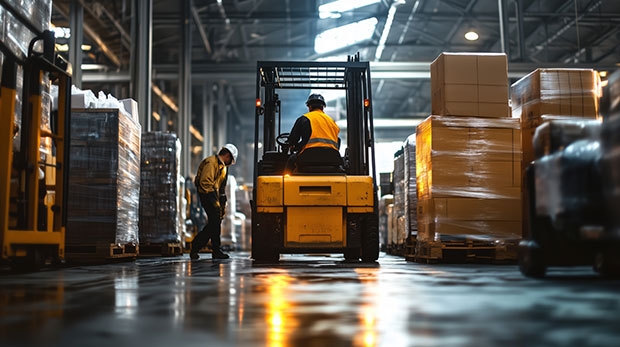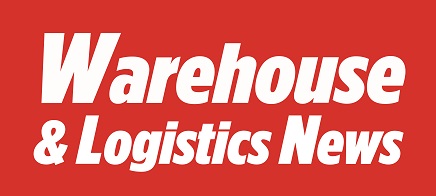Every day, UK warehouses face unseen risks that could turn routine operations into career-ending disasters. While managers focus on throughput metrics and efficiency goals, dangerous blind spots accumulate in their facilities – blind spots responsible for over 1,300 forklift-related accidents each year across Britain.

The statistics paint a sobering picture. According to the British Safety Council, five forklift accidents happen every workday in UK warehouses, with the Health and Safety Executive reporting 27 workplace deaths from moving machinery in the past year alone. Yet most warehouse managers remain unaware of the risks lurking beneath their operations until it’s too late.
The Compliance Illusion
Traditional safety methods give a false sense of control. Completing checklists, displaying training certificates, and holding regular safety meetings create a false image of safety. This superficial compliance hides serious weaknesses that only come to light during investigations after major incidents.
The common thread in post-incident investigations? Managers believed they had operational visibility, but critical blind spots remained hidden until disaster struck.
Manual safety processes fail because they cannot deliver real-time insight into operator behaviour, equipment status, or emerging risks. Paper-based systems depend on subjective reports that may not capture the full picture of what’s actually happening on warehouse floors. When accidents happen, investigations often find that warning signs were present but invisible to management.
The Technology Solution
Advanced warehouse safety technology bridges these fundamental gaps with comprehensive monitoring and proactive intervention. AI-powered pedestrian proximity detection systems remove guesswork from collision prevention by providing real-time alerts when people and vehicles get too close. Unlike traditional approaches that rely on operator vigilance and environmental awareness, these vision-based systems operate continuously across any forklift brand – Toyota, Crown, or mixed fleets.
Automated access control makes sure only qualified operators use equipment, while digital safety checklists create tamper-proof compliance records that safeguard both workers and management. When integrated through comprehensive platforms, these solutions provide complete operational visibility, transforming safety from a reactive hope into proactive management.
Measurable Business Impact
The financial benefits of comprehensive safety technology extend far beyond preventing accidents. A global food and beverage company implemented Powerfleet’s solutions across more than 2,500 pieces of material handling equipment, resulting in an 85% decrease in accidents and damage, as well as 100% compliance with key safety metrics.
Insurance premiums decreased by 25% as risk profiles improved, while operational efficiency increased due to shorter incident response times and fewer investigation disruptions. These results show that safety technology doesn’t slow operations; it accelerates them by removing the disruptions caused by preventable incidents.
The return on investment calculations are impressive. Conservative estimates indicate $9,000 in annual savings per vehicle, with payback periods as short as four months for comprehensive systems. When considering lower insurance premiums, reduced staff turnover, decreased training costs, and improved operational efficiency, the business case becomes undeniable.
The Strategic Imperative
Modern warehouse leaders face unprecedented pressure to deliver faster while managing costs and maintaining safety standards. The traditional approach of hoping for the best while preparing for incidents is no longer sustainable in environments where operational demands continue to increase.
Forward-thinking leaders realize that comprehensive operational visibility isn’t just about preventing accidents – it’s about demonstrating proactive management that safeguards careers and boosts business success.
Warehouses that delay adopting comprehensive monitoring solutions risk falling behind their competitors, who can demonstrate measurable improvements in safety, regulatory compliance, and operational efficiency.
The question facing warehouse leaders isn’t whether comprehensive safety technology will eventually become standard but whether they’ll gain a competitive edge by adopting these solutions proactively or be forced to reactively implement them after preventable incidents that could have been avoided.
Stand Number: D87




Comments are closed.